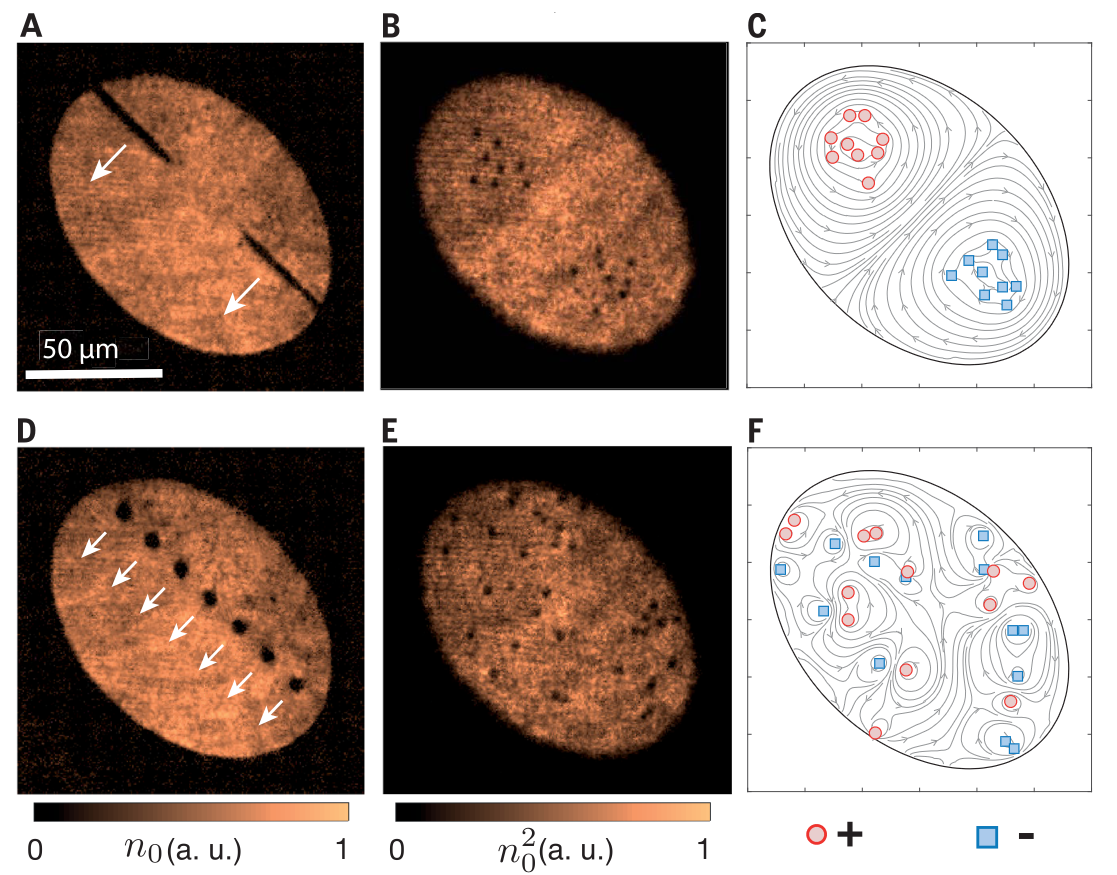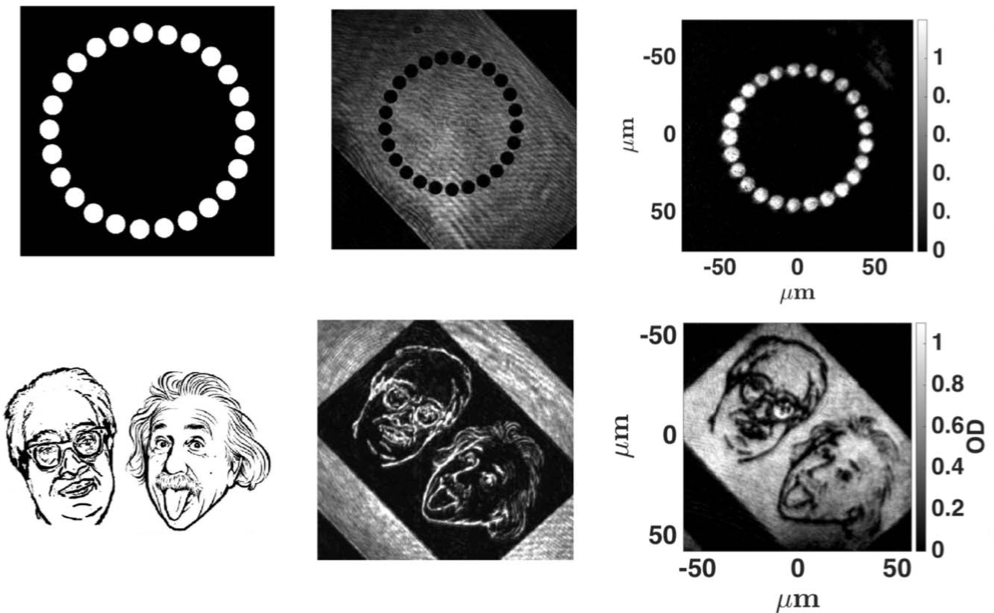ARC Discovery Projects: Riding a quantum wave: transport and flow of atomic quantum fluids - DP160102085 (2016–2018)
In our lab, we use lasers and magnetic fields to cool tiny samples of millions of atoms to temperatures a few billionths of a degree above absolute zero. At such cold temperatures they form a superfluid known as a Bose-Einstein condensate, that flows with zero viscosity. Using tailored light fields to trap and guide the atoms, we will build rudimentary atomic circuits, and coax the superfluid to flow through a channel between two reservoirs, firstly with thermodynamic gradients, and secondly by building a quantum pump. Along with computer modelling, our joint study will allow us to characterise the microscopic transport properties of superfluids, and provide us with an understanding of how to use them in atomtronic devices in the future.
Charles W. Woffinden, Andrew J. Groszek, Guillaume Gauthier, Bradley J. Mommers, Michael. W. J. Bromley, Simon A. Haine, Halina Rubinsztein-Dunlop, Matthew J. Davis, Tyler W. Neely, Mark Baker, SciPost Phys. 15, 128 (2023) - Published 2 October 2023
In this work, we cool down rubidium atoms to close to absolute zero to form a Bose Einstein Condensate. We form this condensate into a ring, then create sound waves travelling around the circumference of the ring. These sound waves (or phonons) create a standing wave in the density of the condensate, with high- and low-density points around the ring which act as markers. Due to the superfluid nature of the condensate, these markers stay in the same location of the ring and don’t rotate, even if the lab frame of reference is rotating (e.g. due to Earth’s rotation). This means that these markers act as an absolute frame of reference - like the north-seeking pole on a compass and so could potentially be used for navigation in situations where satellite navigation is not available e.g. under water.
M. Reeves et. al
Phys. Rev. X 12, 011031
In this work, we explored the relaxation of initially non-equilibrium configurations of vortices. Impressively, the vortex configurations in equilibrium were found to closely match the predictions of the point vortex model.
M Baker et al, 2021
AVS Quantum Sci. 3, 039201 (2021)
Roadmap on Atomtronics: State of the art and perspective, has now been published online in AVS Quantum Sci. 3, 039201 (2021). This is a review of the latest progress in atomtronics-enabled quantum technologies, such as matter-wave circuits and atom chips.
Gauthier Guillaume et al, 2019
Physical Review Letters, 123, 26
We experimentally realize a highly tunable superfluid oscillator circuit in a quantum gas of ultracold atoms and develop and verify a simple lumped-element description of this circuit.
Gauthier Guillaume et al, 2019
Science, 364, 6447, pp. 1264-1267
Adding energy to a system through transient stirring usually leads to more disorder. In contrast, point-like vortices in a bounded two-dimensional fluid are predicted to reorder above a certain energy, forming persistent vortex clusters.
Bell Thomas A. et al, 2018
Physical Review A, 98, 1
Rapidly scanning magnetic and optical dipole traps have been widely utilized to form time-averaged potentials for ultracold quantum gas experiments.
Olsen M. K., Neely T. W. and Bradley A. S., 2018
Physical Review Letters, 120, 23
Conventional wisdom is that quantum effects will tend to disappear as the number of quanta in a system increases, and the evolution of a system will become closer to that described by mean-field classical equations.
Rubinsztein-Dunlop Halina et al, 2017
Journal of Optics, 19, 1, pp. 13001
Structured light refers to the generation and application of custom light fields. As the tools and technology to create and detect structured light have evolved, steadily the applications have begun to emerge.
Gauthier Guillaume et al, 2016
Optica, 10, 3, pp. 1136-1143
The development of novel trapping potentials for degenerate quantum gases has been an important factor driving experimental progress in the field. The introduction of spatial light modulators (SLMs) into quantum gas laboratories means that a range of configurable geometries are now possible.












